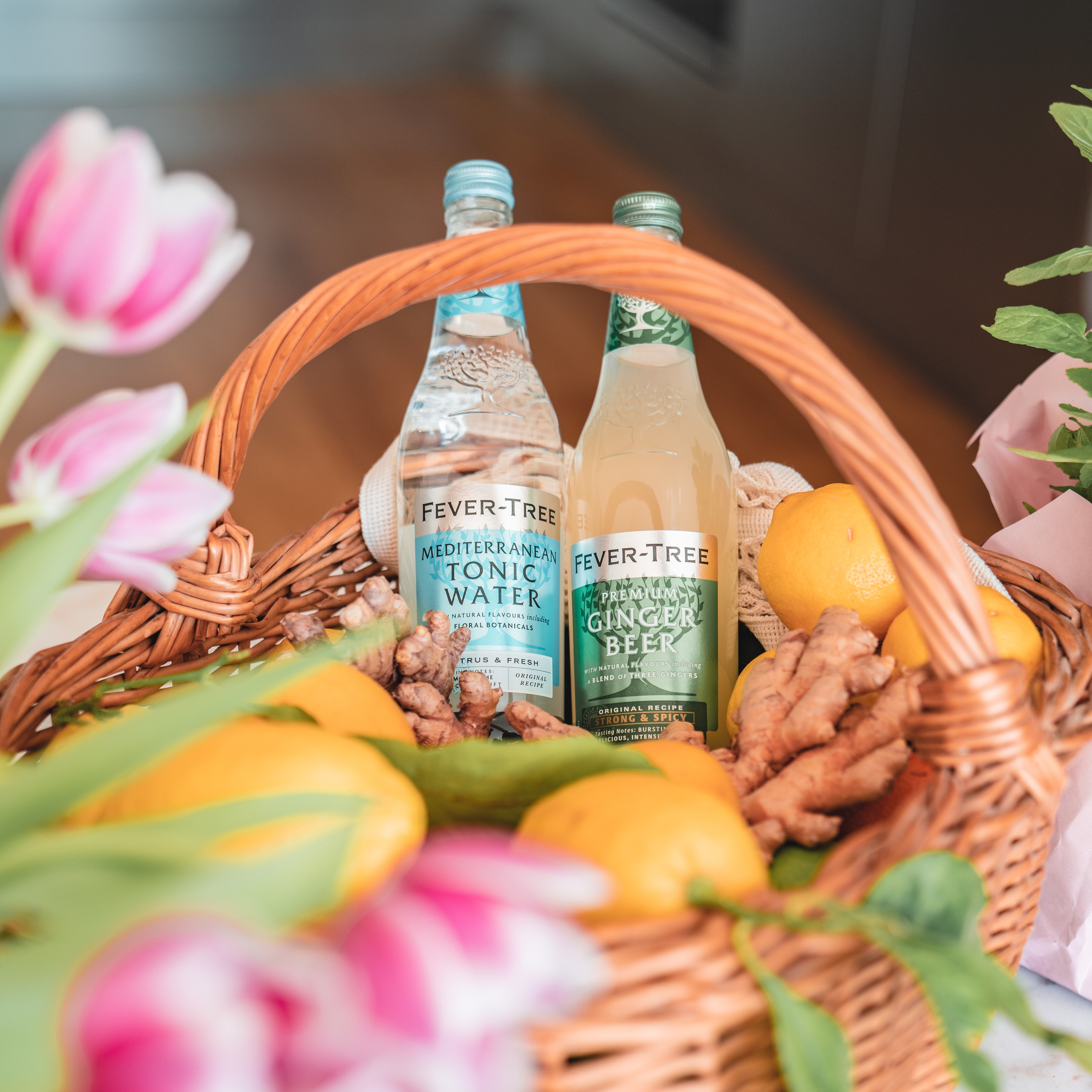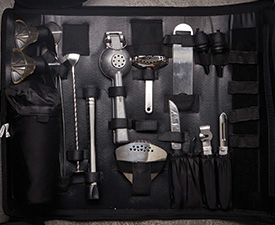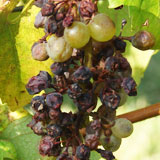Vendange tardive ('VT') means 'late harvest' in French. The phrase refers to a style of dessert wine where the grapes are allowed to hang on the vine until they start to dehydrate. This process, called passerillage, concentrates the sugars in the juice and changes the flavours within it. The name is sometimes written as the plural form, vendanges tardives, referring to the fact that several runs through the vineyard is often necessary to produce such wines.
Alsace wines were the first to be described as vendange tardive but the term is now used in other regions of France. Since 1984, the term has been legally defined in Alsace and may only be applied to wines that exceed a minimum must weight and pass blind tasting by the INAO. Selection de Grains Nobles ('SGN') is an even sweeter category, for grapes affected by noble rot (botrytis). Vendange tardive is also an official wine designation in Luxembourg.
Since German is a common language in Alsace (along with French), the designation vendange tardive is often translated literally as Spatlese by the Alsatians. However, the must weight requirement for a 'VT' is higher than for the Pradikat Spatlese in Germany or Austria. In wine classification terms, a 'VT' wine from Alsace is more close to a German or Austrian Auslese.
Gewurztraminer is the most common variety used for vendange tardive wines, as it readily achieves high sugar levels; these are harder to attain with Riesling and Pinot Gris, but with greater acidity to balance the sweetness, such wines can be very long-lived. Muscat vendange tardive wines are also sometimes seen.











